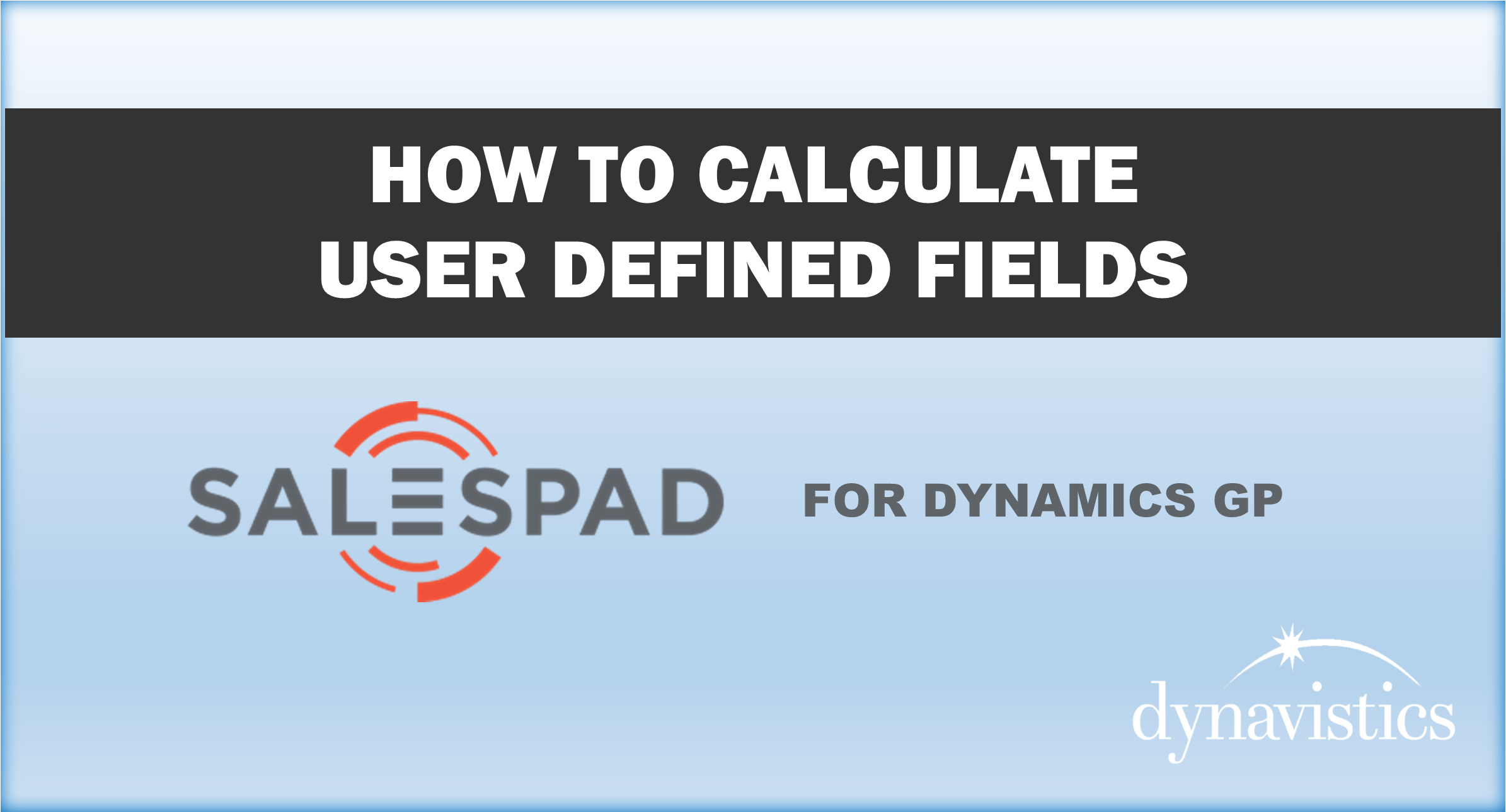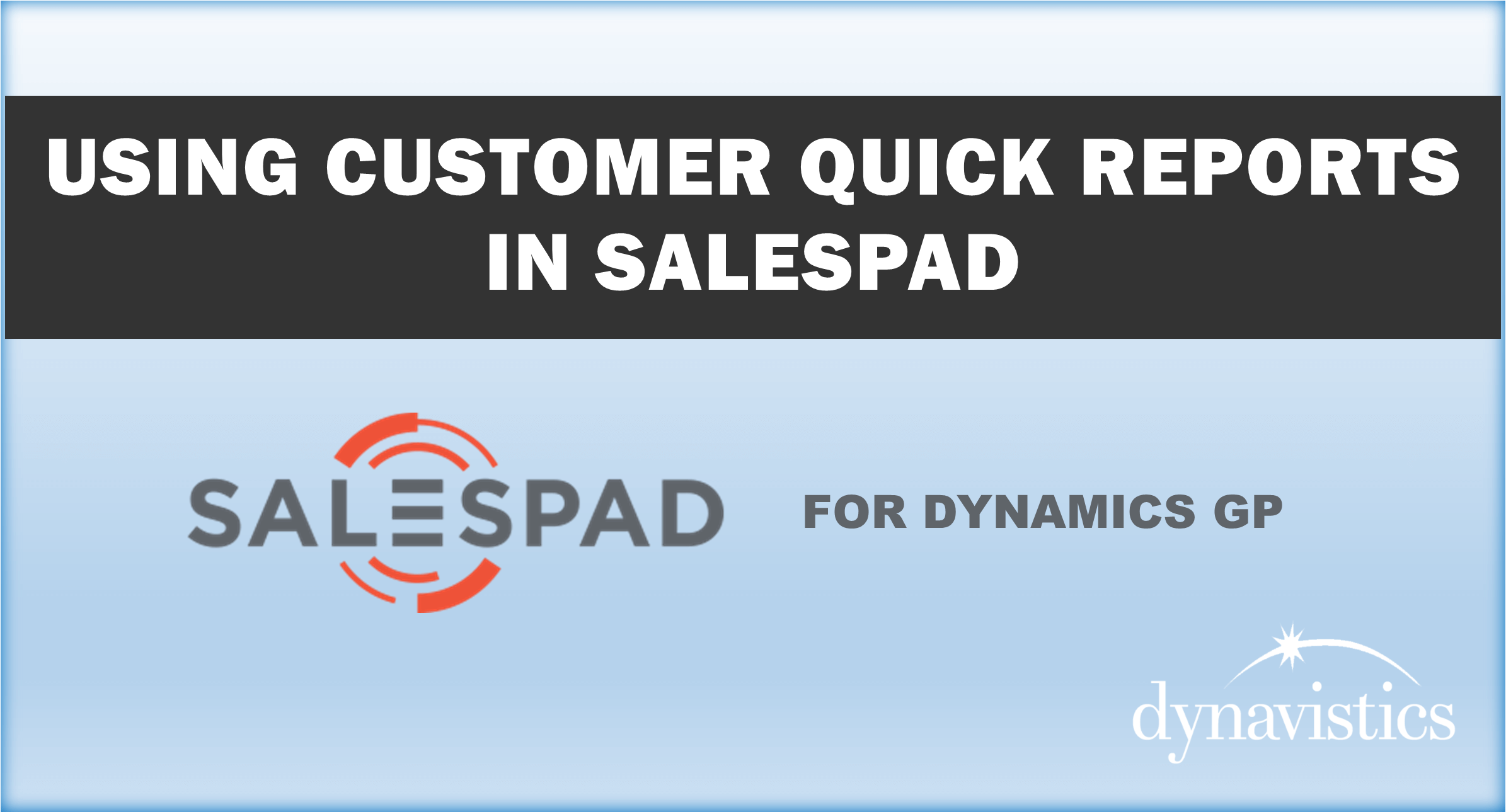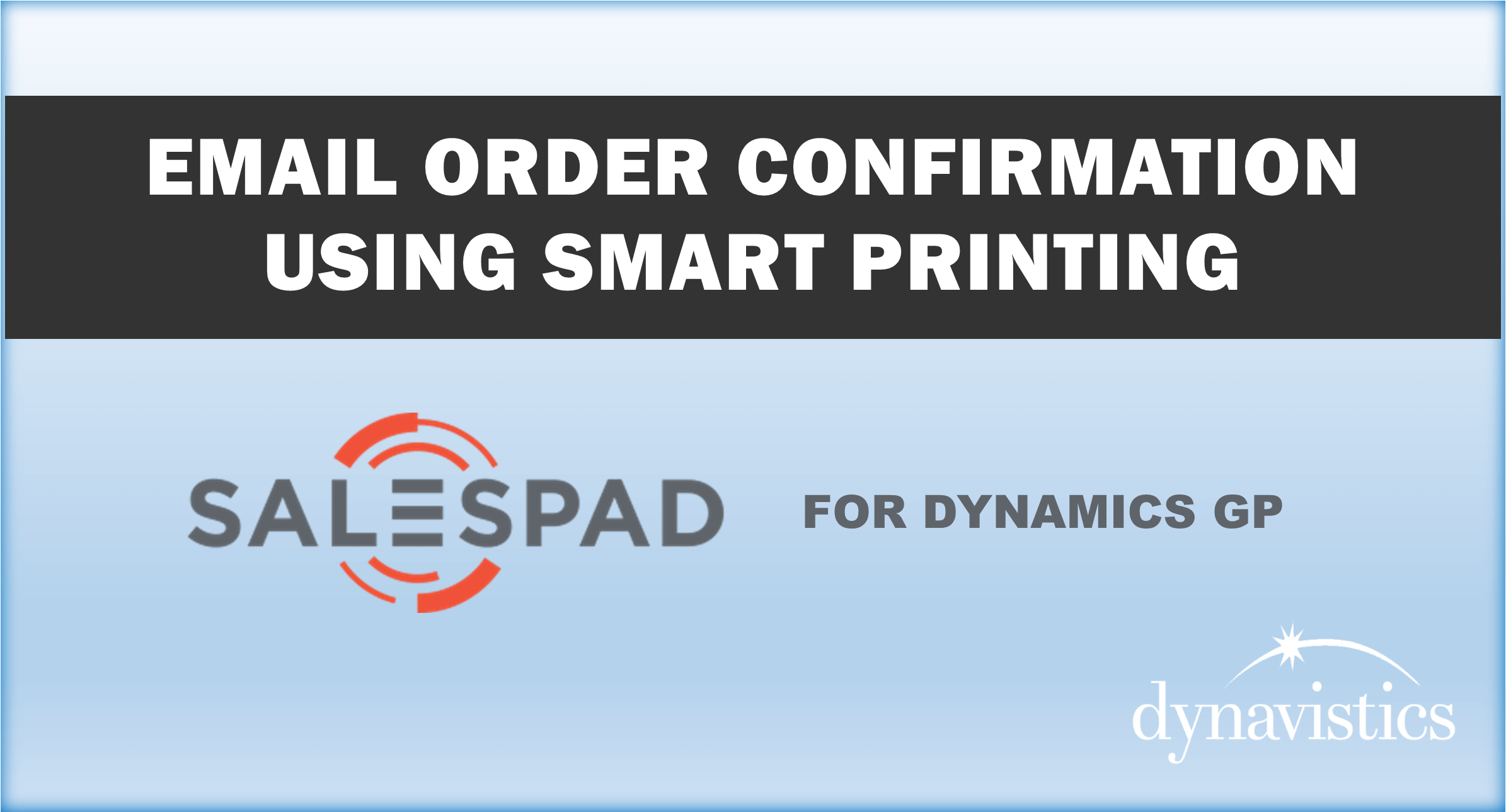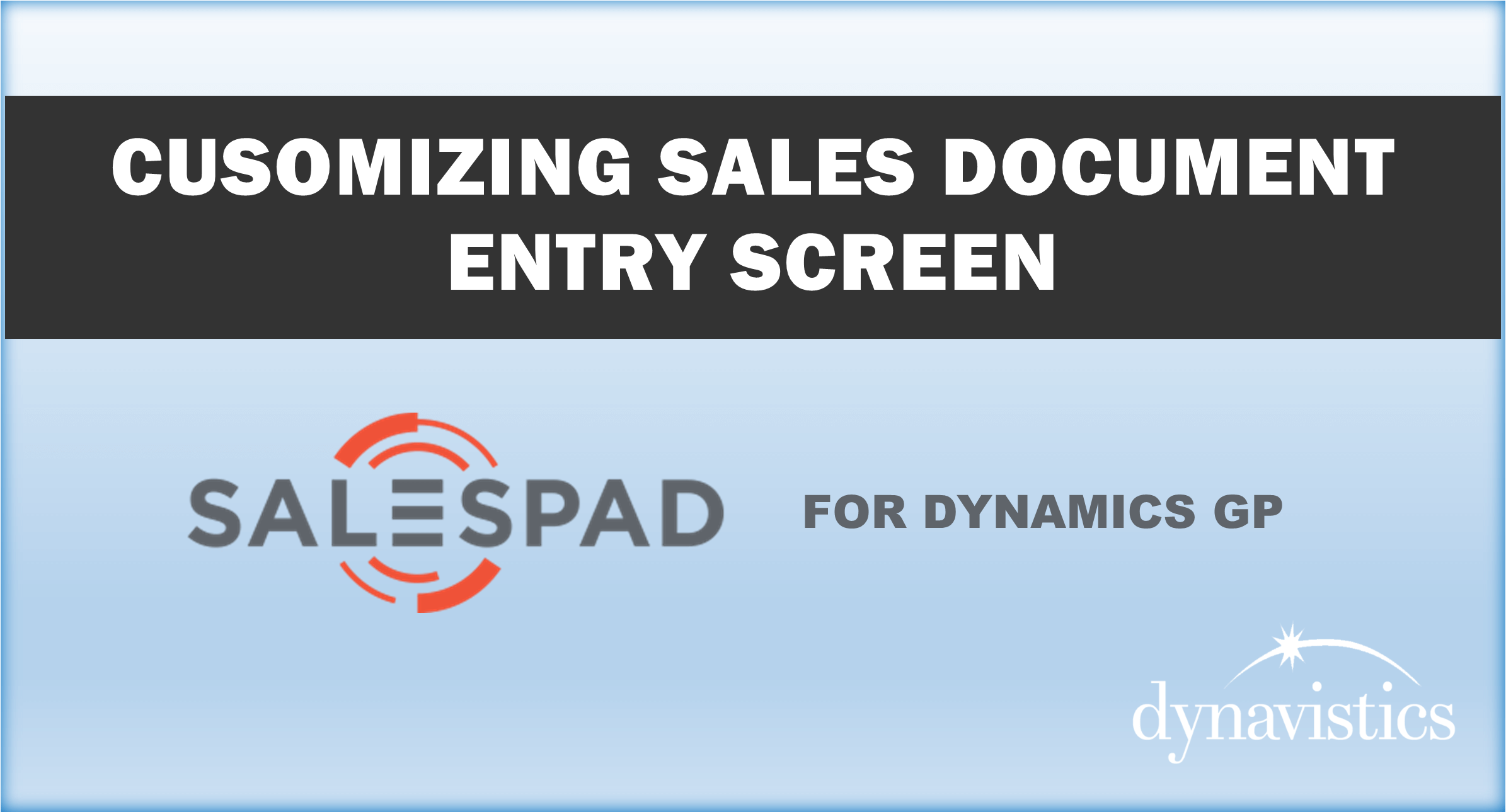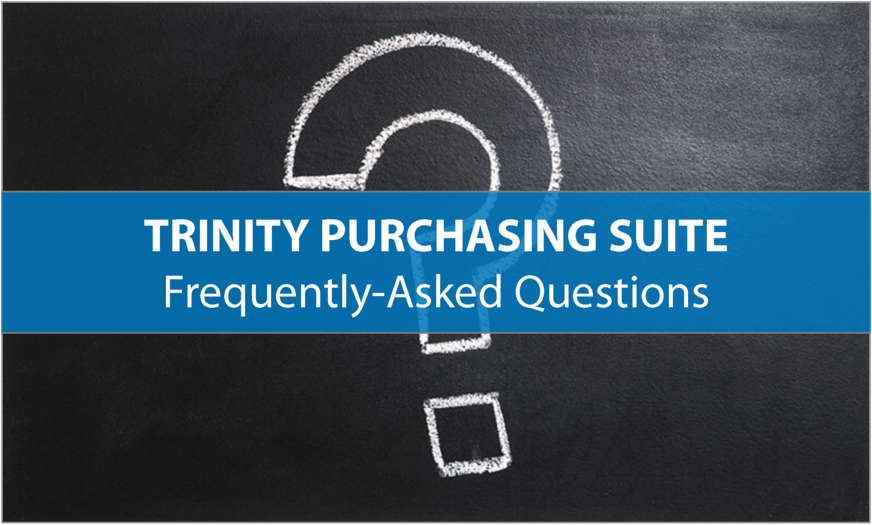
Whether you’re a distributor of ‘every day’ budget wines for general consumption or a merchant dealing in fine and vintage wines, the wine management and distribution process comes with a very unique set of operational challenges. And with the world consuming more wine than ever according to industry statistics, things are becoming even more complex for wine distributors.
From rotation of stock and customer expectation on availability to complex pricing and the pick pack ship cycle, let’s take a closer look at some of the industry challenges and figure out how to turn sour grapes into fine wine.
1. Juggling Duty/Taxation Requirements
Since we’re dealing with alcohol, an obvious challenge includes government regulation and taxation. Vintners need to be assured that they can correctly accrue the relevant level of alcohol duty, but at the same time leave the stock under bond (i.e. duty free) until required by the customer. As a wine distributor, you may also require pricing mechanisms that allow you to sell the same item duty paid to an end customer, but also quote an under-bond price (i.e. exclusive of customs and excise duty) for delivery to another bonded warehouse.
To avoid fines and taxes on common compliance issues, wine distributors need specialized tracking software that can tell inventory handlers very specifically which items, vintage, and lot to move from duty free to duty due for a customer order.
2. Tracking Wine Rotations (Lot Control)
Wine shipments received from the supplier will come with a lot or batch number, often referred to as a rotation. Each of these rotations will have its own reference number with a series of dates that typically include ‘use by’, ‘best by’ and in some cases ‘not before’.
The challenge for the distributor is to ensure that stock is issued to customers in date order, based on the dates of each rotation, and that a record is made of which customers received which rotation so that in the event of a product recall, the wholesaler can identify which supplier the batch came from, and more importantly which customers were issued with stock from that batch.
In short, wine is perishable and you need an inventory system that can track detailed lot information and wine rotations in order to avoid literally pouring wine (and profits) down the drain.
Bonus: Here’s how to time your wine selling to maximize profits.
3. Managing Supersessions (Inheriting Demand)
Where fine wines are concerned, each year brings a new vintage which requires a new inventory item number that will ‘supersede’ the previous year’s vintage. Although it’s a new product, it’s reasonable to assume that it will likely be purchased by the same customers in similar quantities.
The inventory forecasting and buying function in your wine management software needs to be aware of this past demand to accurately stock up for the new vintage. Ideally, the system also allows you to link products so that the new product can ‘inherit’ some or all of the demand history from the previous vintage. This means that from day one, your buyer will have sufficient information to make a sensible decision about purchase order quantity.
4. Managing Customer Reserves
For some wines, availability from the supplier is restricted. This means that the wine distributor/wholesaler receives a limited amount of a certain wine that will need to be rationed (or reserved) among customers. Customers will state their preferences upfront, effectively asking the distributor to reserve a set quantity which they will then draw down, over time, with firm orders.
As a distributor, your inventory management system needs to keep tabs on whether the customer is on track in calling off his reserved quantity. Ideally if the customer is failing to live up to his promise, the distributor should be able to redistribute reserve quantities to other customers who have a more reliable demand.
In short, you want to keep your best customers happy by reserving wine they’ve asked for, but is in short supply.
5. Pricing Flexibility
Wine merchants need to be innovative on pricing policy to maintain their competitive edge. This is not just reflected in promotional offers and customer-specific pricing, but other pricing mechanisms such as quantity break pricing and aggregate pricing. For example, the distributor may have an offer on Californian Cabernet Sauvignon wines and the order is priced based on the total number of items (covering more than one inventory item) within that pricing group.
Wine is a competitive industry that requires creative promos and pricing that most “normal” ERP or accounting systems can’t handle. To stay flexible, you’ll likely need a system with extended pricing enhancements to be more proactive and effective at moving inventory.
6. Ordering by Bin Numbers
Sometimes, a distributor supplies the entire wine list for a customer. This effectively becomes the customer’s shopping list, in a specific order and organized in sections (e.g. red, white, sparkling). The customer then places orders in this sequence, referencing their own bin numbers rather than the distributor’s inventory codes.
So when the customer places his order saying “I want a case of bin 4 and two cases of bin 7,” you’ll need an inventory system capable of cross-referencing the customer’s bin numbers with your own item numbers. This needs to be done quickly and easily without mistakes or a lot of back and forth between your sales reps and the customer. Because when you make it easy to order from you, customers are likely to keep coming back for more.
7. Flexible Inventory Search Criteria
Wine merchants also require telesales ordering systems that allow the sales person to search for wines using criteria that are not part of the description (e.g. price band, or country of origin). For example, a customer may request a French wine, Pinot grape in the $10-$15 range. This requires the ability to easily assign attributes to inventory codes to help inventory search and reduce the risk of losing sales.
These catalog-based sales allow your customers to describe the wines they prefer and then offer options in their criteria. Not only does this make it easy for customers to find the wines they want, it also provides your sales people with great ideas for substitutions or to sell additional complimentary items.
8. Unit of Measure and Split Packs
Most wines come in cases of six bottles and most distributors are happy to sell by the bottle. But what happens if a customer wants to purchase one case and four bottles? An inventory picking note listing a quantity of 1.6666 cases would be confusing for the picker and probably the customer. In that situation, it would be much better if the documentation was presented as 1/4.
This type of unit of measure flexibility is critical in allowing wine distributors to go beyond just the base unit of measure and adjust to customer needs without creating chaos and confusion in the warehouse.
These Challenges Are Nothing to "Wine" About with Dynavistics
Without the right wine distribution software in place, overcoming these challenges and managing the unique demands of your business can be strenuous. At Dynavistics, we offer a complete beverage, spirit and wine distribution software solution for Microsoft Dynamics GP to help you conquer these challenges and grow profitably.
Our core beverage, spirit and wine distribution software provides everything you need to manage purchasing, inventory, sales order, and vehicle loading. The premium solution adds delivery and accounts receivable management functionality, giving you and your business an end-to-end technology solution and significant competitive advantage in the wine industry.
Software Features »
Schedule a Demo
Leave your name below to ask us a question or schedule a personal demo. See for yourself just how powerful this End-to-End Wine Distribution Software for Dynamics GP really is!
